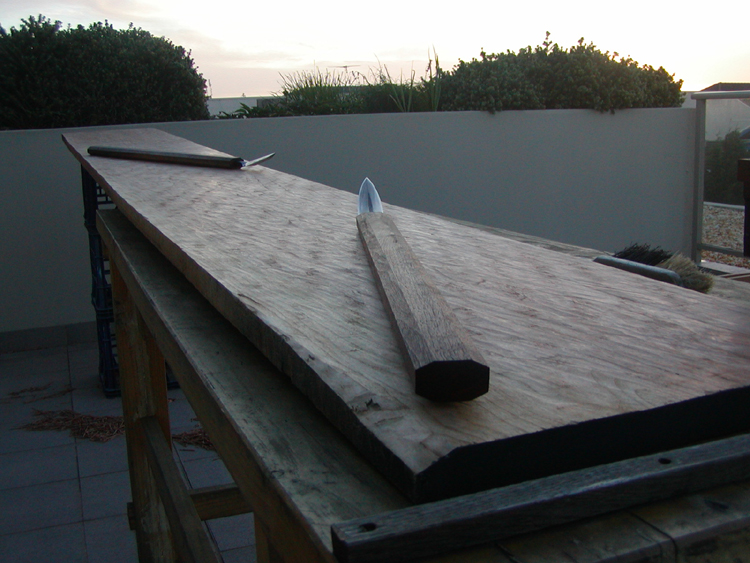
Originally Posted by
Prashun Patel

My benches are both edge grain laminations (you don't say what yours is). It's been my experience that both tops after glue up were globally flat, but locally bumpy. So, built them in halves and ran each half through the planer. Then I glued the two halves together.
If you're not yet a Ginsu Samurai with your hand planes, then your fastest may be to rip the top in half, flatten through yr benchtop planer (light passes, flip each time), then re-glue.
As long as your top is not bowed, but simply cupped, I'd bet it's thick enough that a thickness planer will joint it just fine.
On the other hand, if you are aspire to hand plane Ginsu samurai status, then this is a great project to learn on.

Although......this is what the Samurai might use;

Bumbling forward into the unknown.




 Reply With Quote
Reply With Quote









